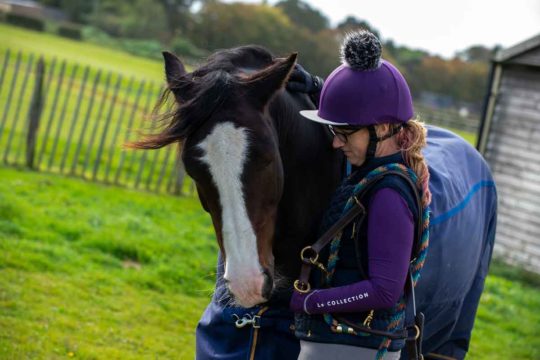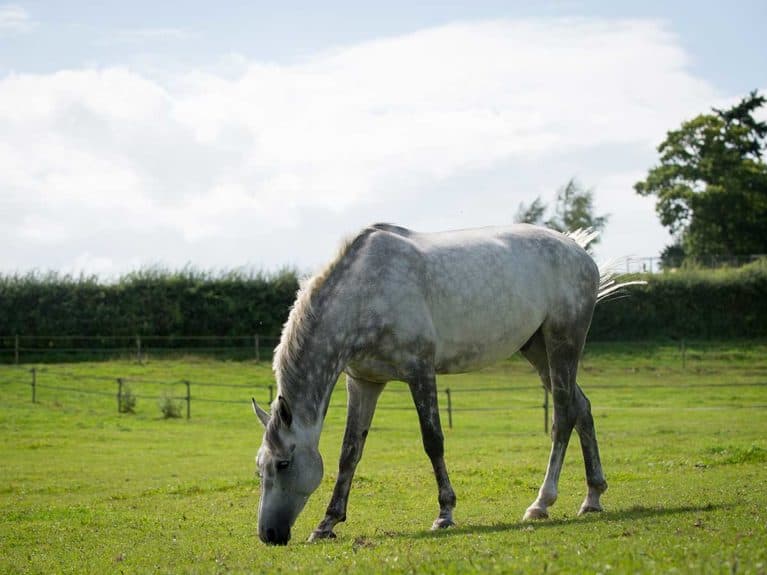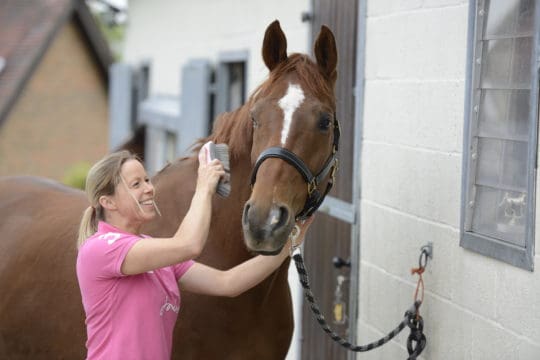
Most Read Articles

Feeding less doesn’t necessarily mean less movement, as results of new research have shown that strip grazed horses move around just as much as those without restrictions
Restricting grass intake is an essential part of weight management, but it’s often synonymous with confining our horses to small spaces, limiting movement and consequently the amount of exercise that your horse gets in the field – counterproductive for those equines needing to stay trim. But a study conducted by Spillers and its research partners has shown that this may not be the case.
To evaluate the effects of strip grazing on activity levels of horses in the field, behavioural data from two previous studies was analysed. The first showed that over a 28-day period horses who were strip grazed gained significantly less weight than those with unrestricted access to grass.
The second study had 10 ponies randomly assigned to one of two paddocks, both of which were the same size with the same amount of grass available. However, paddock B was divided into seven strips using electric fencing, with ponies given access to one new strip each day.
Both studies used behavioural observations as well as activity monitors strapped to the poll of the headcollars to gain an understanding of how much they moved.
Clare Barfoot, Marketing and Research and Development Director at Spillers, said: “The results of both studies showed that the strip grazed ponies moved just as much as the unrestricted ponies. Similar amounts of time were spent grazing, standing and locomoting (which included walking, trotting and cantering) within the different groups and encouragingly, performance of behaviours related to stress and frustration were low in both studies, too.”
Clare added: “While we were unsurprised to see that the strip grazed ponies in these two studies preferred to graze the newly accessible grass and spent the most time grazing in the four hours after the fence had been moved, we believe this finding could be useful when deciding if and how those prone to laminitis should have access to grass.”
After the promising results of the two studies, Spillers are now focusing their attention to other potential benefits of strip grazing for laminitis-prone equines, including whether it effects the sugar content of the grass and pasture recovery.










